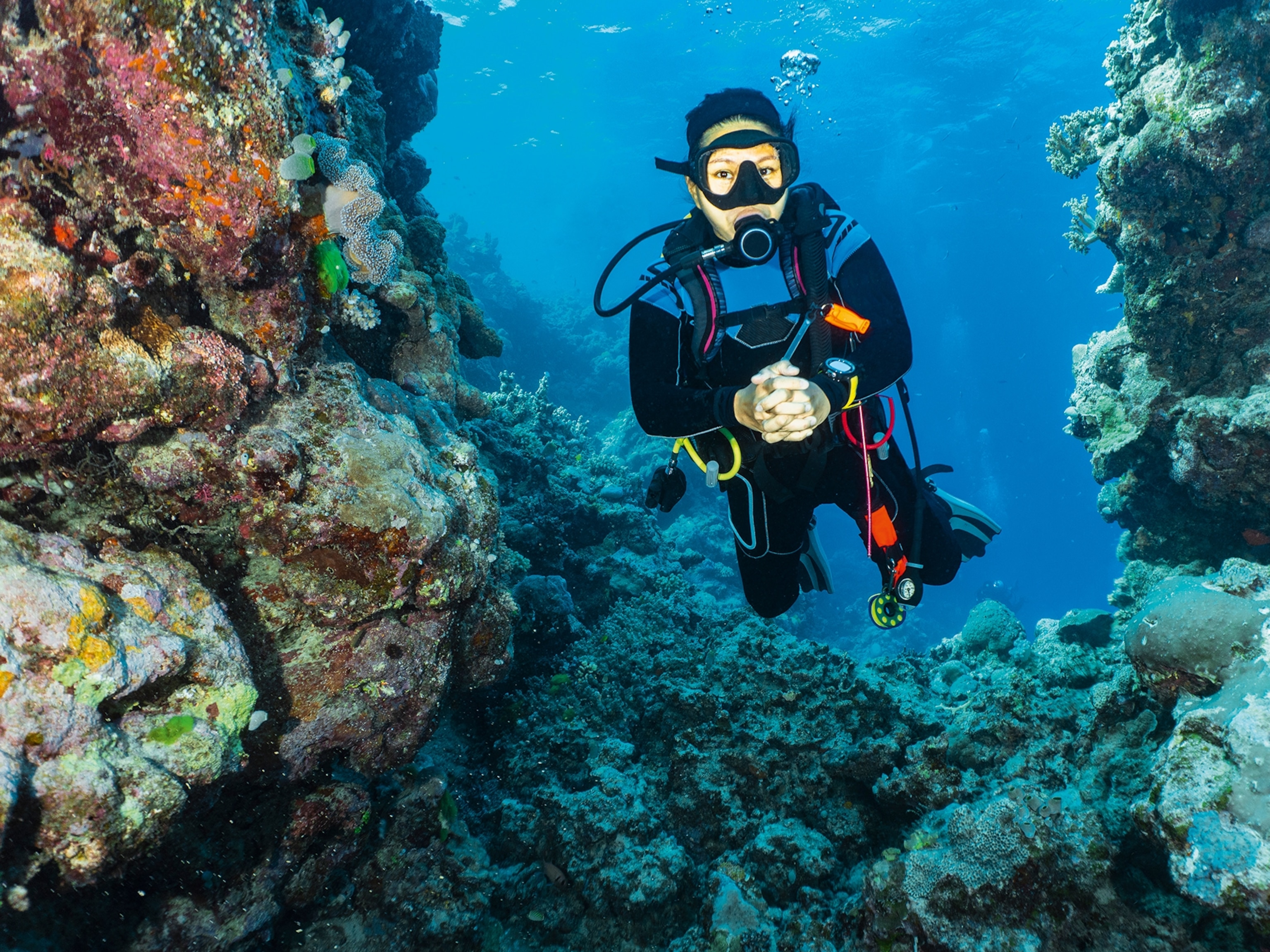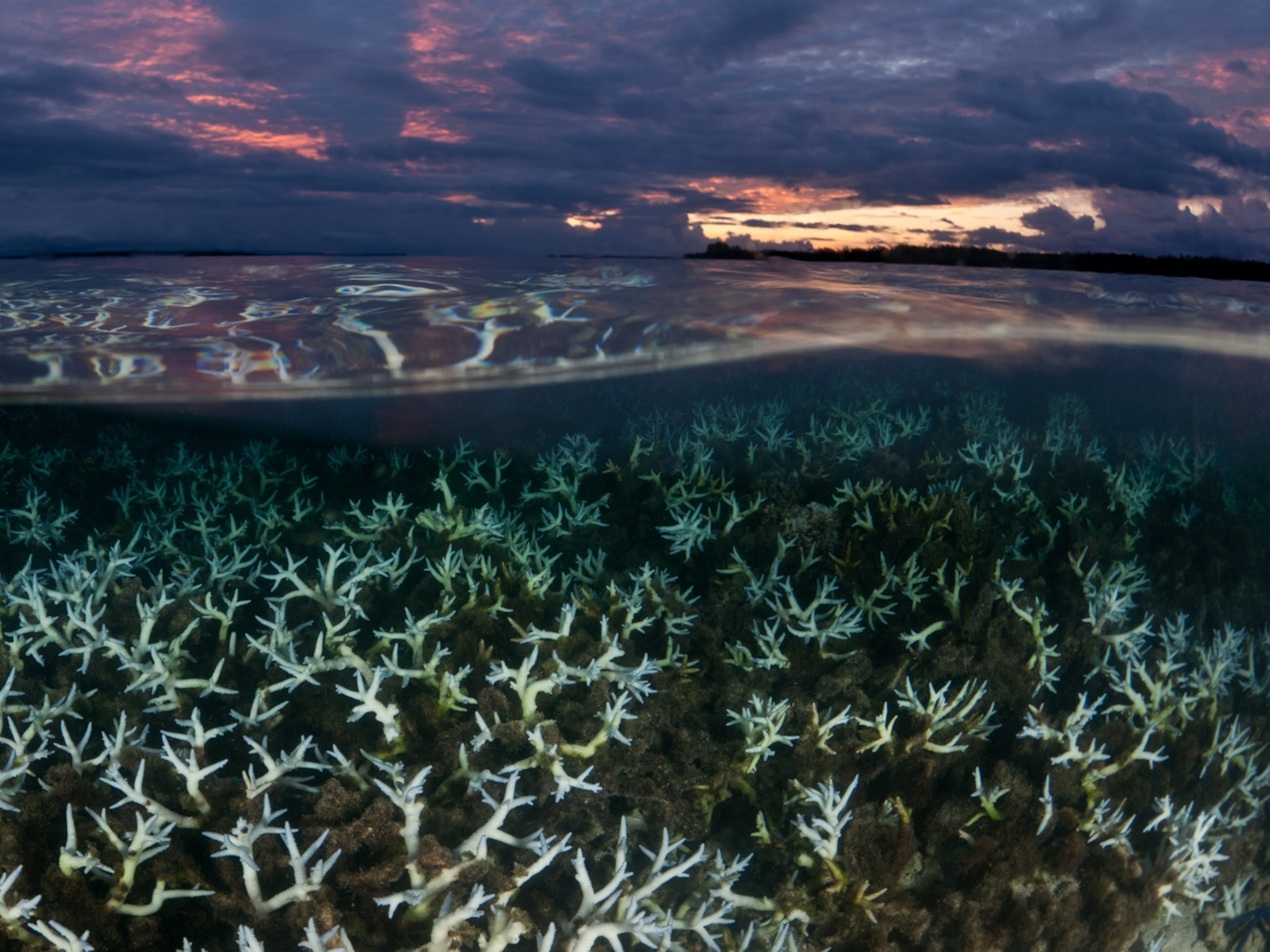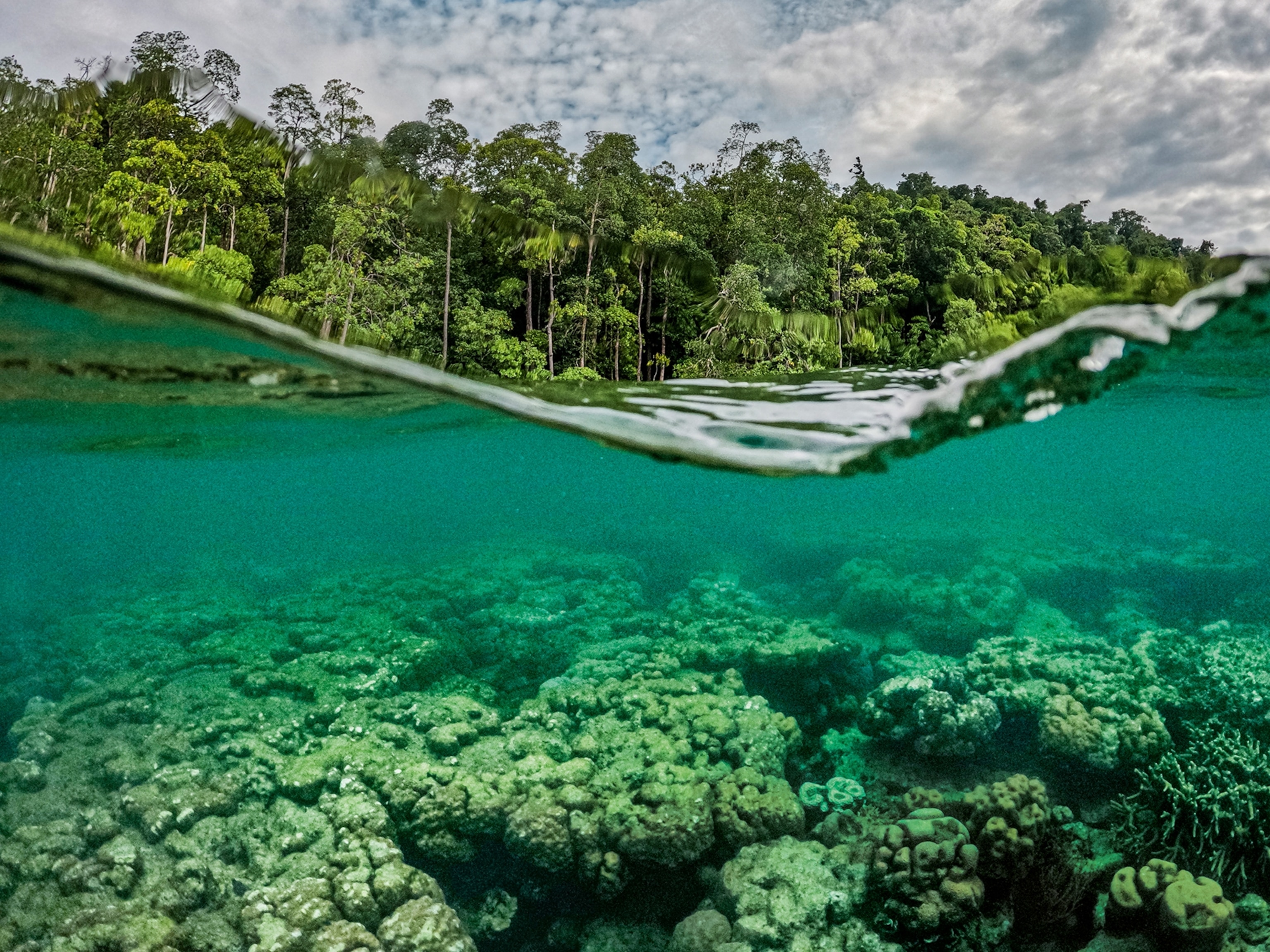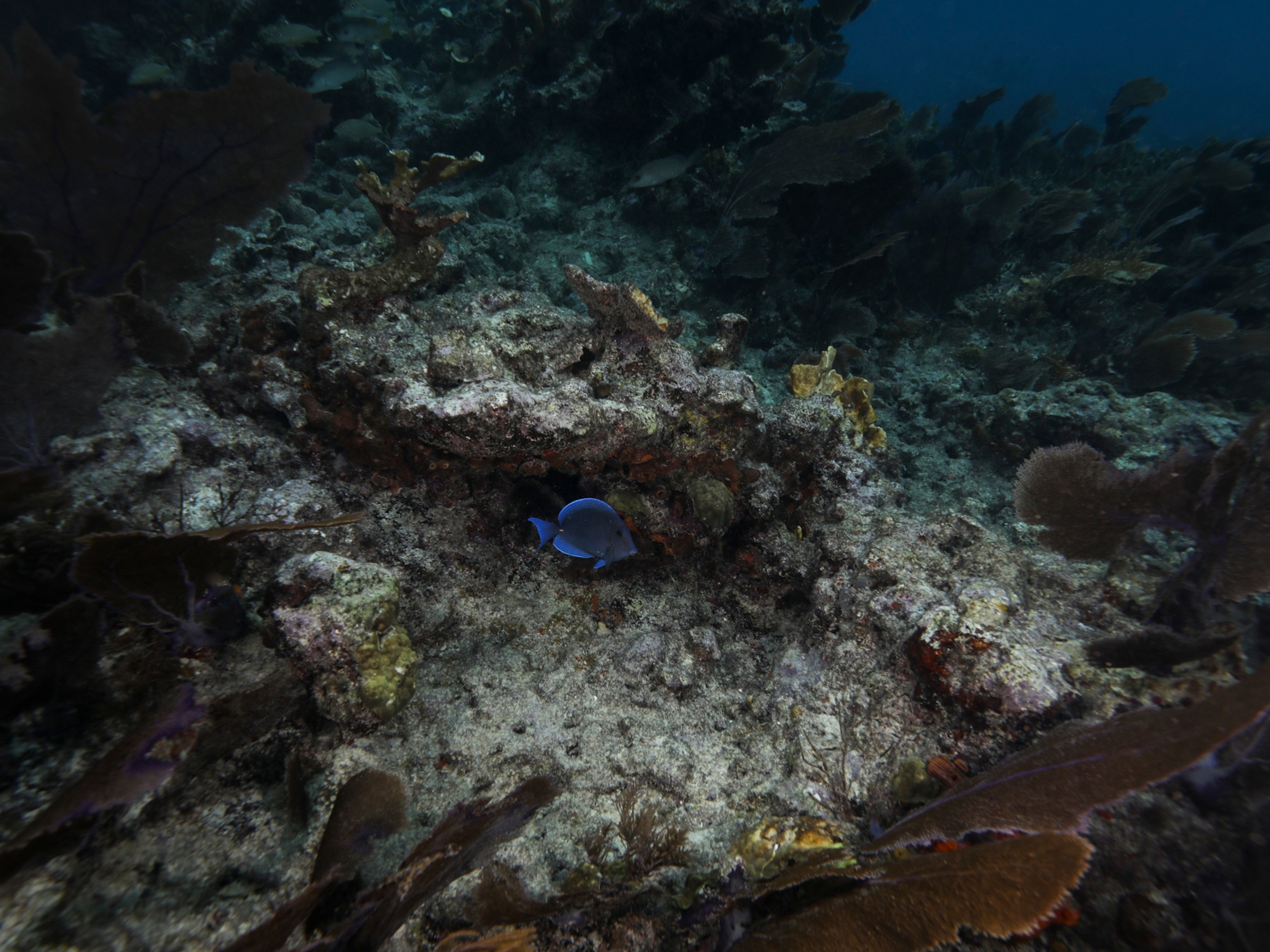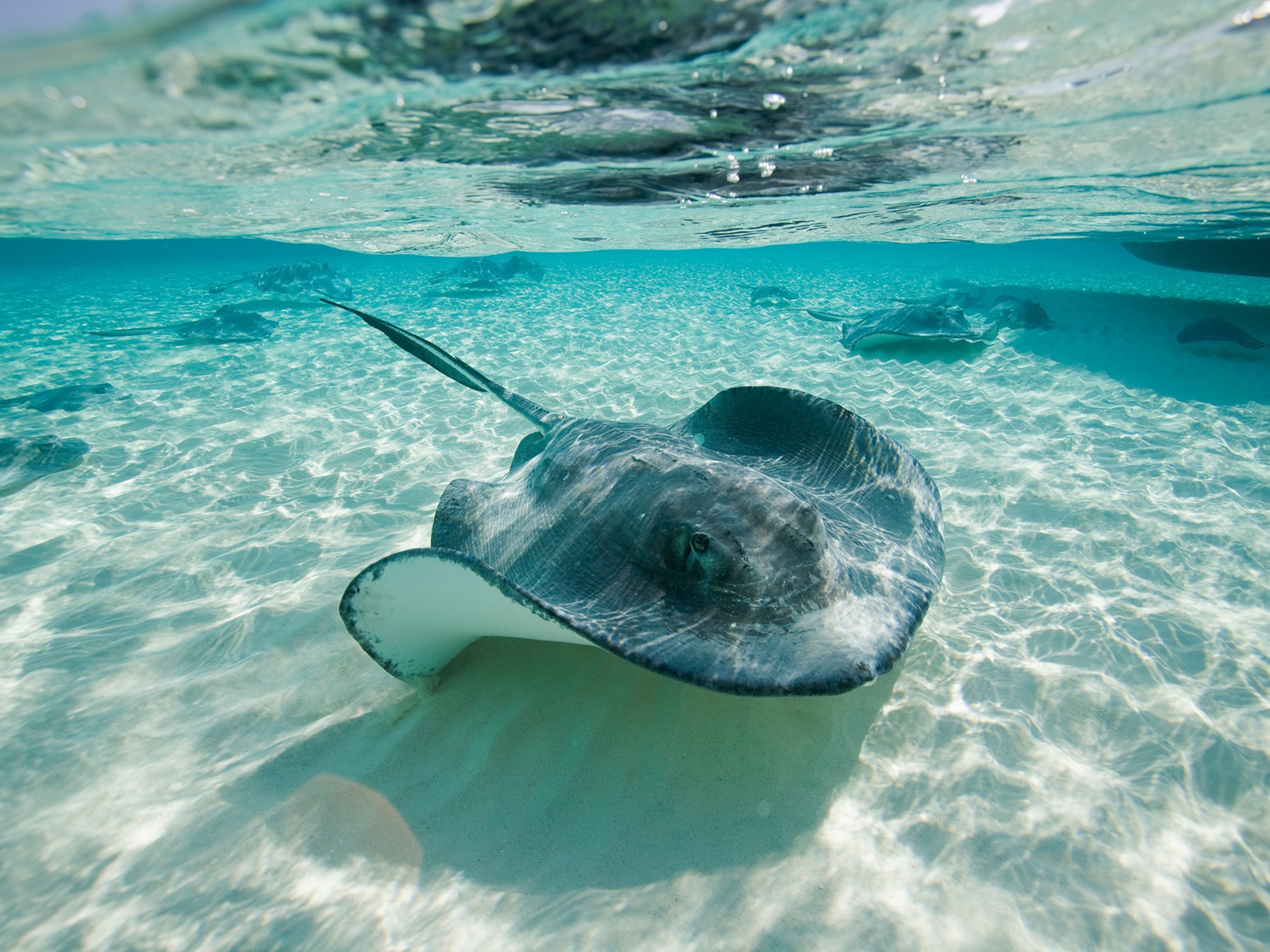
Digging Up the Seafloor Makes Coral Reefs Sick
A new study links dredging, and the plumes of sediment it creates, to higher incidence of disease in coral reefs.
Australia's coral reefs are in danger, due in part to the expansion of ports to accommodate the growing number of ships loaded with coal or natural gas. That's the conclusion of a new study looking at the effects of dredging projects on reefs in northwest Australia, reported today in the journal PLoS ONE.
Coral reefs need clear, warm water to thrive. Activities such as building or expanding ports tend to muddy the waters, choking off corals' access to light and food.
The connection between cloudy, sediment-laden water and stressed reefs was already known, but the new study's focus on the consequences of disrupting coastal waters during a large, prolonged project is especially important right now because the fate of an international icon, the Great Barrier Reef on Australia's northeast coast, hangs in the balance.
The United Nations Educational, Scientific, and Cultural Organization (UNESCO), the body that manages the World Heritage Site listings, has threatened for the last two years to place the reef on the World Heritage in Danger list. This designation applies to World Heritage sites that are threatened with the destruction or loss of the characteristics—either ecological or cultural—that earned them World Heritage status in the first place. (See: "Great Barrier Reef: World Heritage in Danger?")
The concerns over the Great Barrier Reef are partly the result of port expansion plans in the state of Queensland that would dump the resulting sediment close to the marine ecosystem. (See also: "Australia to Dump Dredged Sand in Great Barrier Reef Waters, Adding to Site's Mounting Woes.")
The new study provides evidence supporting those concerns.
Drowning in Dirt
Researchers found that sediment plumes kicked up by dredging activities—workers scooping up the seafloor to make deeper shipping channels for larger vessels—resulted in a twofold increase in coral reef diseases near Barrow Island (map) in northwest Australia. Months of bathing in a sediment slurry stressed the coral reefs to a chronic degree, leaving them vulnerable to various tissue-rotting diseases. (Learn more about major coral reef diseases.)
One group of illnesses, called white syndromes, causes coral tissues to fall off, leaving behind a skeleton. It would be "like your flesh falling off at your fingertips, and the tissue loss continued to progress up your arm and over your body until all that was left was bare skeleton," wrote Joseph Pollock, one of the study co-authors, in an email interview.
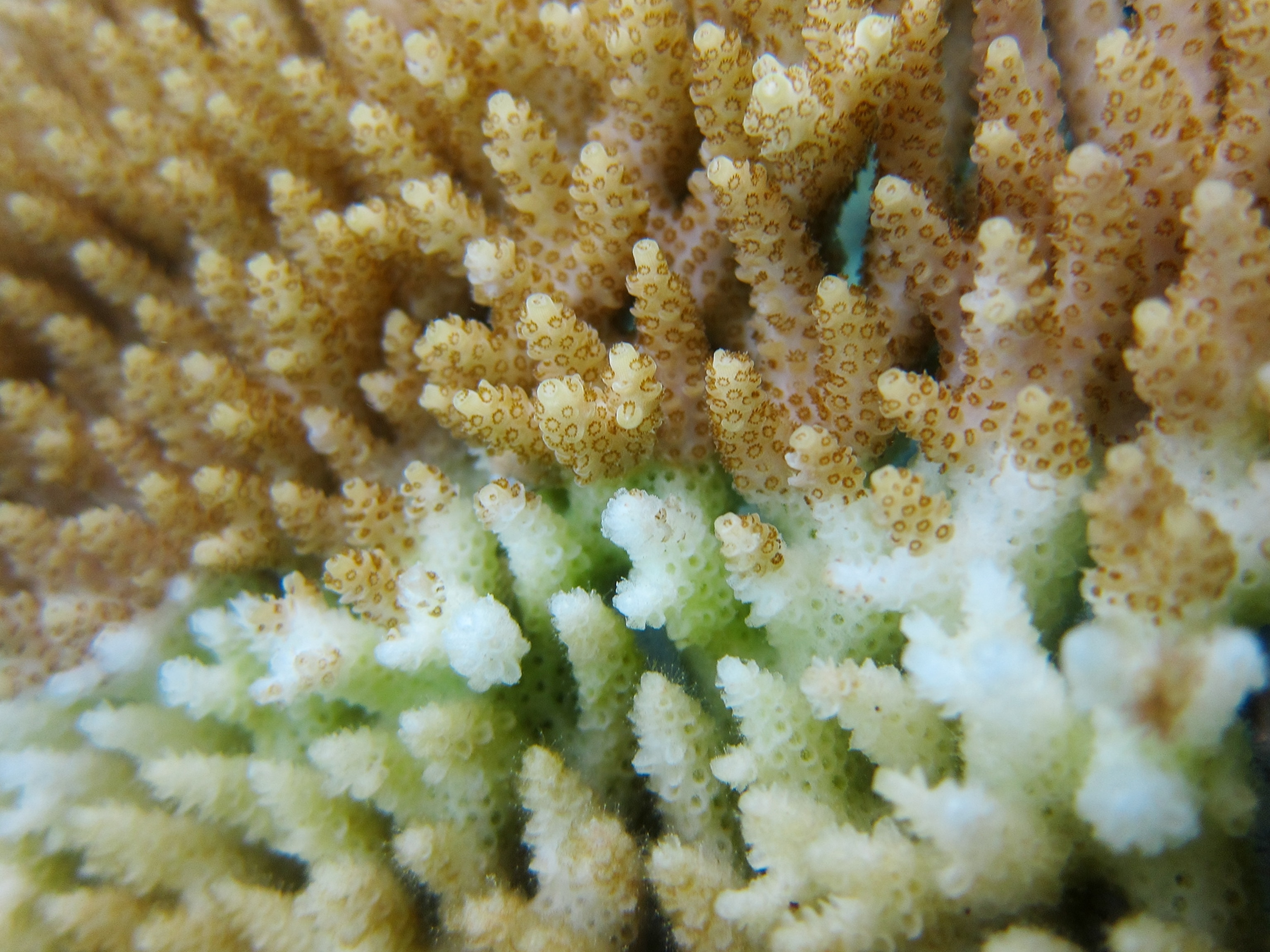
Researchers have known for some time why sediment-laden water drains a coral reef's energy, said Pollock, a doctoral candidate at James Cook University and the Australian Institute of Marine Science in Queensland. The cloudy water interferes with filter-feeding activities, reducing the amount of food corals can take in. Corals are also forced to spend energy removing the sediment that rains down on them.
Until recently, however, disease had not been viewed as the cause of much of the coral decline in the Indo-Pacific. Coral bleaching and attacks by crown-of-thorns sea star have often been blamed instead, but coral diseases are actually very important drivers of reef declines in the region, said Pollock.
A Community Problem
Satellite images of the area around the Barrow Island dredging project revealed the duration and extent of the sediment plumes. Diver surveys of reefs at various points within and outside the plumes gave researchers a sense of the health of the coral reefs.
Pollock and his colleagues found that the longer a reef was exposed to the sediment plume—maximum exposure times ranged between 296 and 347 days—the more likely it was to be diseased.
"The bottom line is that sediments are not good for coral reefs and that prolonged exposure is associated with high levels of disease," wrote Thierry Work, a wildlife disease specialist with the U.S. Geological Survey in Honolulu, Hawaii, in an email interview. Human activities, including the actions we take on land, directly affect marine ecosystems, added Work, who was not involved in the new study.
"We need to stop treating our coasts as a community toilet."
Follow Jane J. Lee on Twitter.

